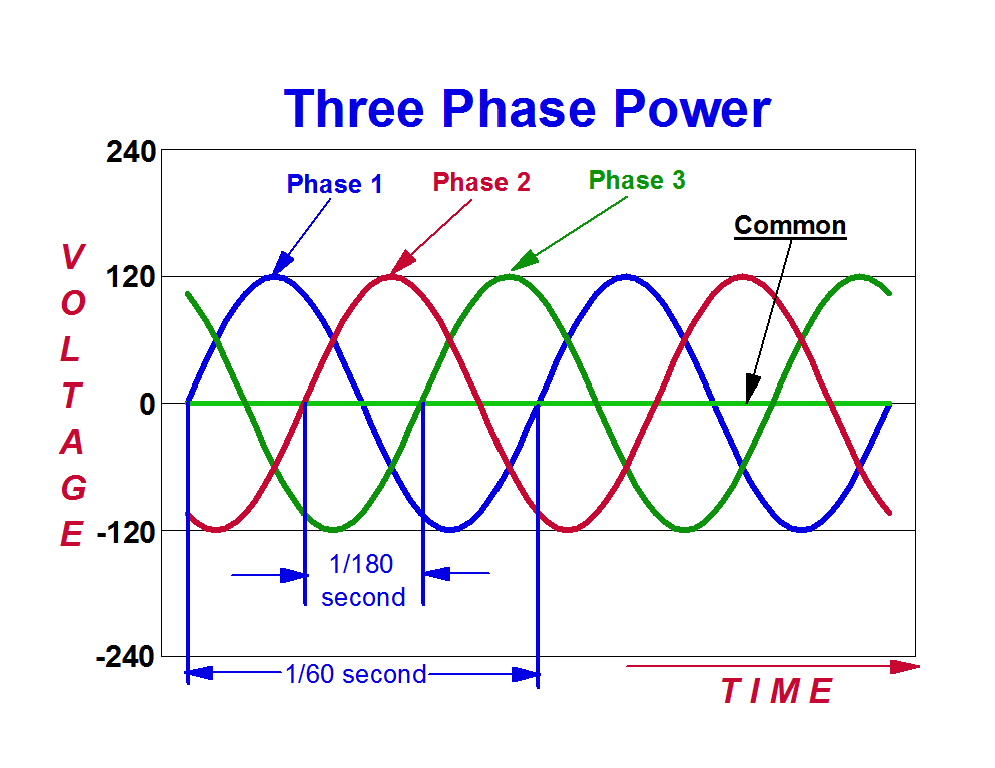If I set it up with out individual control I will have a lower amp draw though correct?
No, that's not really true, the amperage draw per phase is directly related to the element draw. Each phase has two elements drawing on it, unless you switch one off, then the two associated phases would have their draw reduced proportionally.
Glad to help.











